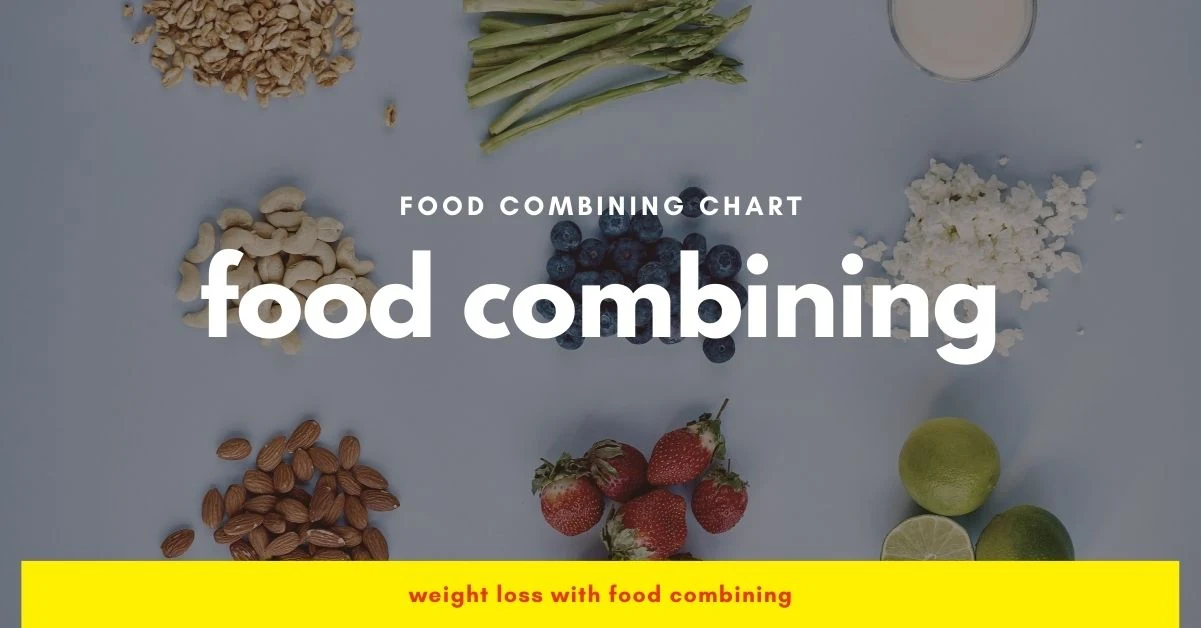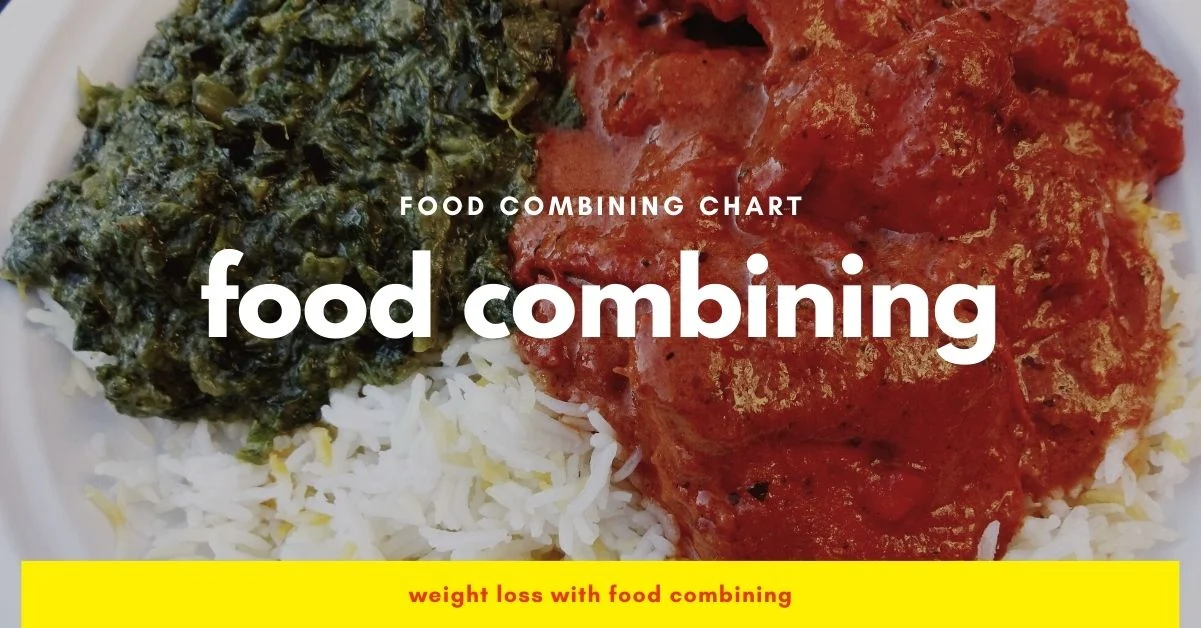Food Combination Diet: Expectations vs. Reality
The theory behind this diet is that particular food combinations may interfere with digestion and cause various health issues.
Food combining rules - How it really works
Followers of meals combining food regimens accept this as accurate: while you consume the incorrect meals collectively, your digestion will become impaired. As a result, undigested meals are left in your belly, and they rot or ferment.
What to consume in diet food combining
Below are a few popular meal-combining guidelines that provide examples of what meals you could consume on meal-combining food regimens. In addition, the meal timing guidelines assist you in recognizing how long you must wait among distinctive meal groups and the quality times to consume certain meals.
What meals shouldn't be eaten collectively?
Per this food regimen, blending protein and carbohydrates is bad news because they are digested at distinctive rates. Technically, this is true: protein is absorbed slower than carbs, which can be the maximum comfort of having a fuel supply.
What is a food combining chart? [meals-combining charts]

These lovable and easily shareable charts explain why meal-combining food regimens have taken off on social media.
3 Steps For Easy Food Combining
Step 1: Understand the Digestion Times of Different Foods - Pick one category for each meal
The first step in food combining is understanding that different foods digest at different rates and require (getButton) #icon=(link) #color=(#2339bd) #text=(different digestive environments). For example:
- Fruits digest quickly and should ideally be eaten alone or before other food groups. Eating fruits after a heavy meal can cause fermentation in the stomach, potentially leading to bloating and discomfort.
- Proteins and starches digest slowly and should not be combined. Proteins require an acidic environment for digestion, whereas starches need a more alkaline environment.
Eating foods according to their digestion rates can help ensure they move through your digestive system with minimal delay and discomfort.
| Fresh Fruit | Starches | Animal Protein | Nuts & Seeds |
|---|---|---|---|
| Apples, Bananas | Sweet Potatoes | Red Meat | Walnuts |
| Oranges, Grapefruit | Wheat, Barley | Pork | Almonds, Pecans |
| Pineapple, Pears | White Potatoes | Fish | Brazil nuts, Cashews |
| Berries, Mango, Papaya | Oats, Quinoa | Milk, Eggs | Sesame seeds |
| Peaches, Kiwi, Grapes | Beans, Lentils | Yogurt | Sunflower seeds |
| Avocados | Cereals | Ice cream | Dried Fruit, Bananas |
Step 2: Pair Foods That Enhance Each Other's Nutritional Value - Fill the rest of your plate with cooked or raw non-starchy vegetables
Combining certain foods can enhance the absorption of vitamins and minerals. For instance:
- Iron and Vitamin C: Eating iron-rich foods like spinach with vitamin C-rich foods like oranges can enhance iron absorption, which prevents anemia.
- Healthy Fats and Fat-soluble Vitamins: Include a healthy fat source like avocado when eating vegetables high in fat-soluble vitamins (A, D, E, K) to maximize absorption.
| Cabbage | Spinach | Kale | Broccoli |
| Cauliflower | Green Beans | Carrots | Onions |
| Celery | Cucumber | Zucchini | Artichokes |
| Sprouts | Peper | Peas | Asparagus |
| Ginger | Garlic | Lettuces | Spaghetti Squash |
Step 3: Keep Meals Simple - Wait for 3 to 4 hours before switching categories
The principle of simplicity is critical when combining foods. The fewer ingredients you combine, the less stress your digestive system will experience. Try to include at most three to four different foods in one meal.
For example, a meal might contain protein, a vegetable, and a complex carbohydrate. This simplicity can minimize digestive issues and improve overall digestion.
Exceptions:
- Fresh fruits are best eaten alone on an empty stomach, particularly melons
- Most fresh fruit can be eaten with leafy greens in salads or smoothies.
- Bananas can be combined with fresh fruits or nuts and dried fruits.
- Beans and lentils are more challenging to digest.
- Avocados can be combined with fresh fruits, nuts, dried fruits, or starches.
Common Myths About Food Combining
Food combining is a decades-old dietary approach. It is rooted in the idea that certain food combinations can optimize digestion, enhance nutrient absorption, and promote overall health.
Despite its popularity in various health and wellness communities, several myths surround food combining principles. Here's a look at some common misconceptions:
Myth 1: Food Combining Enhances Digestive Enzyme Efficiency
One of the primary myths about food combining is that eating foods in certain combinations helps the body's digestive enzymes work more efficiently. The belief is that different foods require different enzymes and pH levels to digest correctly.
However, the human digestive system is highly adaptable and can handle multiple foods simultaneously.
The stomach and intestines produce many enzymes that simultaneously break down carbohydrates, proteins, and fats, regardless of the food combination.
Myth 2: Food Combining Leads to Faster Weight Loss
Another popular myth is that the combination of food accelerates weight loss by improving metabolism and reducing digestive load.
While mindful eating and awareness of what you consume can naturally lead to better portion control and potentially weight loss, there is no scientific evidence to support that food combining as a strategy directly enhances metabolic rate or fat burning.
Myth 3: Certain Food Combinations Produce Toxins
Some proponents of food combining claim that improper combinations of foods can ferment or rot in the stomach, producing toxins and harming your health.
Understanding basic human biology debunks this myth. The stomach's highly acidic environment prevents such fermentation, and foods are digested orderly, moving from the stomach through the intestines.
Myth 4: Food Combining Cures All Digestive Issues
While combining food may alleviate symptoms for some individuals by simplifying meal compositions and thus reducing digestive complexity, it's not a cure-all for digestive issues.
Many factors contribute to digestive health, including food sensitivities, allergies, and underlying medical conditions.
Conclusion
Like many dietary strategies, the food-combining diet may benefit some but is only sometimes beneficial or scientifically supported in all its claims.
Individuals should consider their unique health needs and preferences and consult health professionals before making significant dietary changes.
References & Thanks
https://www.refinery29.com/en-gb/what-is-food-combining-rules
https://www.bewellbyak.com/writings/What-is-food-combining
https://detoxinista.com/food-combining/





